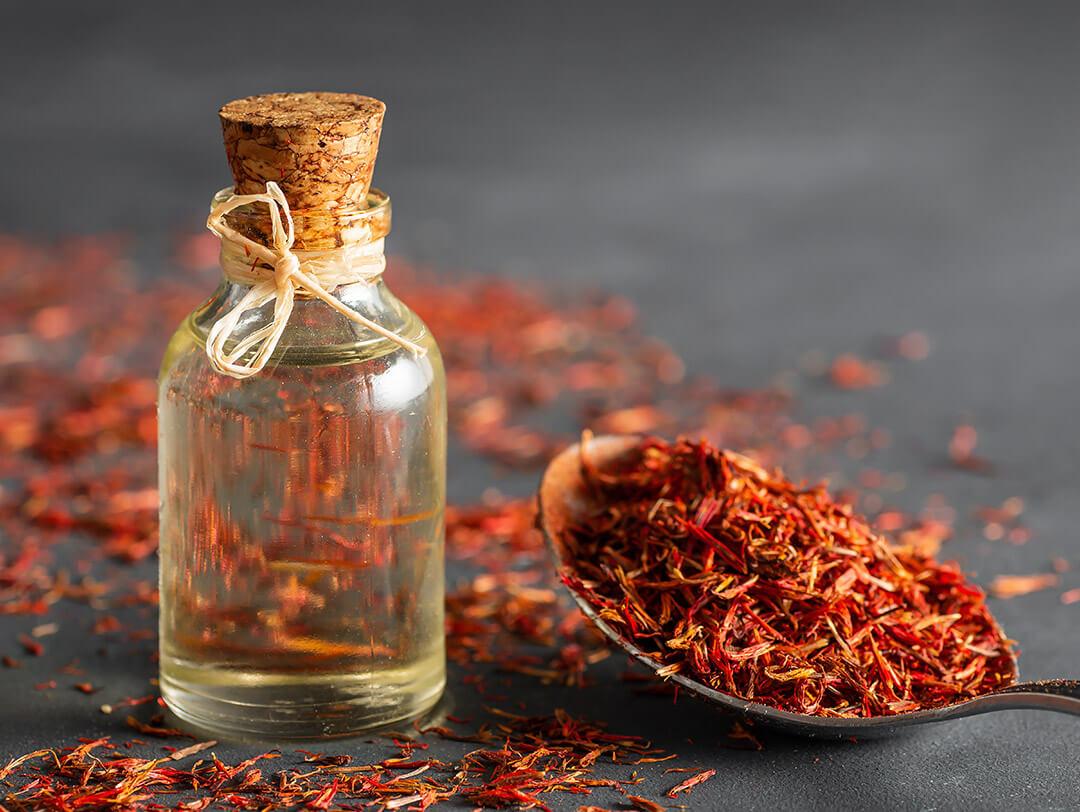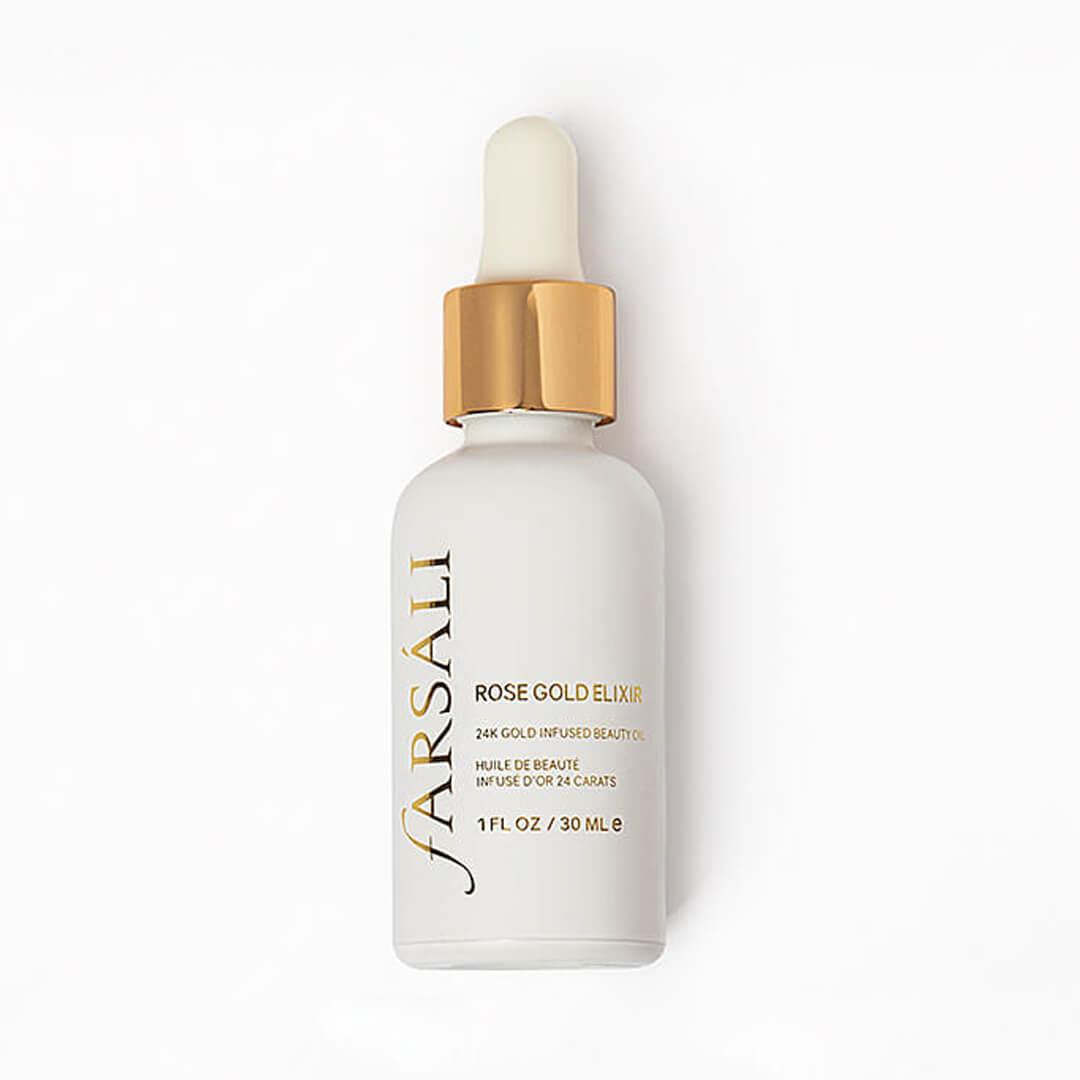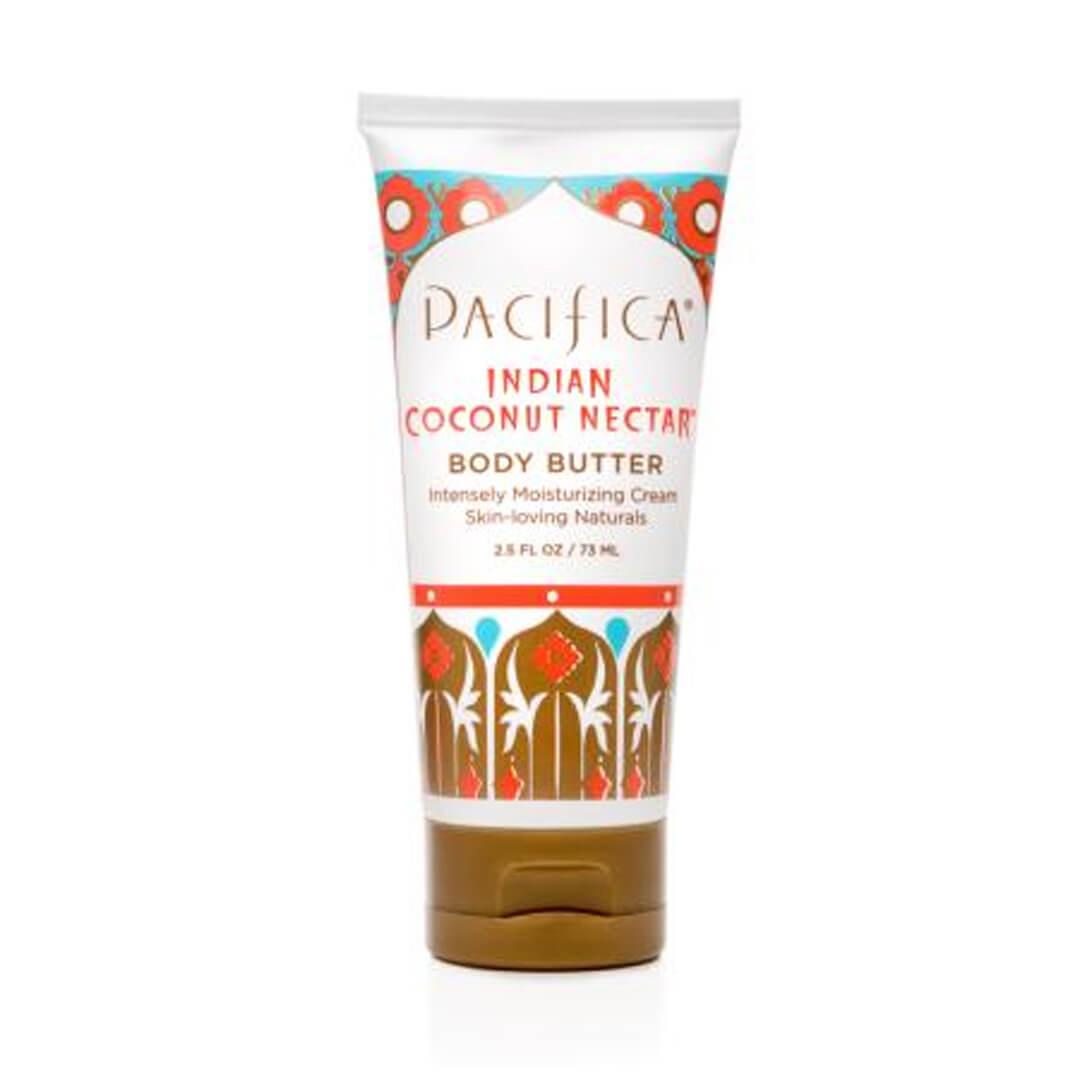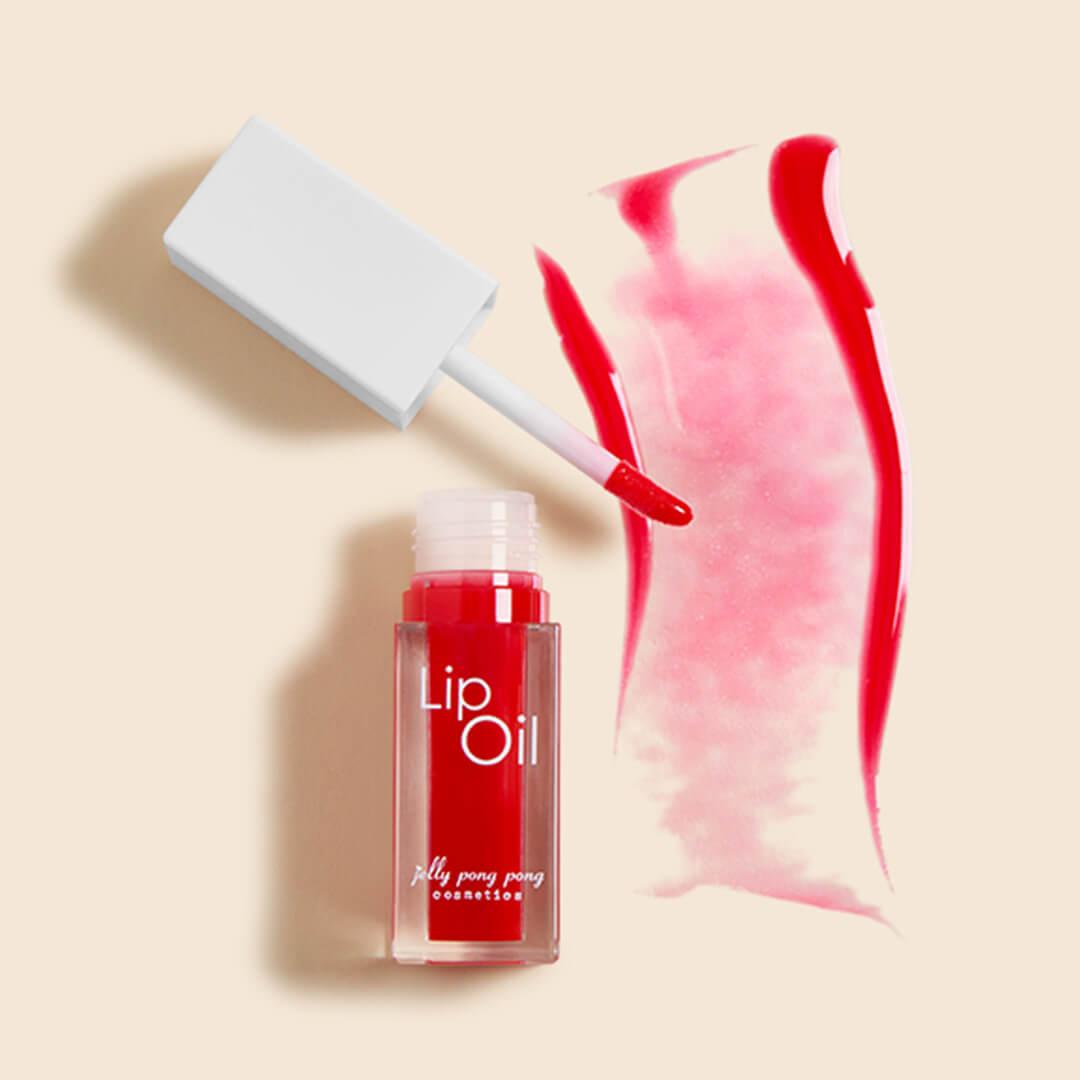Get Back To Basics With Safflower Oil, The Ancient Oil That Does Wonders For Your Skin



Brittany Leitner


All natural skincare fanatics, rejoice, because ancient secrets from the Aztecs and the Egyptians are making their way into the mainstream, so you can shine as brightly as your ancestors did. Safflower oil, in particular, dates all the way back to Ancient Egypt, says Ava Shamban, MD, an LA-based dermatologist.
Safflower oil is one of those powerhouse oils, like jojoba, that hydrates and evens out skin tone and texture all in one. If you’re curious to try it yourself, here’s how you can add it to your skincare routine to restore the quality, health, and texture of your skin.


It's about glam time you treated yourself.
MEET THE EXPERT
Ava Shamban, MD, is the founder of Ava MD, Skin Five, and The Box by Dr Ava. She is a board certified dermatologist based in Los Angeles.
What is safflower oil?
According to Dr. Shamban, “safflower oil is derived from safflower seeds that are crushed and pressed into oil.” History buffs, here’s a fun lesson for you: “Safflower is actually considered to be one of the oldest known crops dating way back to Ancient Egypt, meaning the benefits for this oil have been used and tested for many years and proven to be very beneficial for not only cooking, but for the skin too,” she adds.
Safflower Oil Benefits for the Skin:
High in linoleic acid:
Linoleic acid helps repair the skin’s moisture barrier, and keeps it hydrated so your complexion looks tighter and brighter. “Linoleic Acid promotes fast healing of wounds, dry skin, and acne, resulting in pimples going away quicker and your skin becoming smoother over a faster period of time,” Dr. Shamban adds.
Rich in antioxidants:
“Safflower Oil has a high potency of antioxidants such as Vitamin E, Keratin, and omega-6 fatty acids, which helps treat skin conditions such as acne, eczema, dark circles, and psoriasis,” says Dr. Shamban.
Restores the texture, quality, and surface of the skin.
High in keratin:
“Keratin works as a natural exfoliator helping remove dead skin cells from the surface of your skin making your skin appear younger and brighter,” says Dr. Shamban.
Non-comedogenic:
That means it won’t clog pores, which can help prevent blackheads, whiteheads, and acne.
Here’s how to use safflower oil in your skincare routine.
Safflower oil can be put directly onto the skin, and definitely won’t harm your skin or your routine. According to Dr. Shamban, it’s mainly used as a treatment, so make sure to apply after cleansing the face when your skin can fully absorb it. It’s also great for the body, and hydrated arms, legs, chest, and feet.
“You may use it up to two to three times a day on the desired spot,” says Dr. Shamban. “But definitely put moisturizer on after using it on your face, as you do not want to overwork your skin barrier, which could result in irritation if you have sensitive skin.” Here are a few products we love that contain this powerhouse oil.
Safflower Oil Products We Love:
1. FARSALI Rose Gold Elixir Face Oil


This full-size face oil is perfect for hydrating freshly cleansed skin morning or night. It pairs rosehip seed oil and safflower oil to pull double-duty in the nourishing department. The result is dewy, hydrated skin that’s moisturized without being weighed down.
2. PACIFICA BEAUTY Body Butter


You know antioxidants are good for your face, and your body needs them too! Especially from exposing your arms and legs this summer to the harsh elements of city life. This body butter is infused with antioxidants and also adds safflower oil, almond oil, and shea butter to hydrate and nourish dry, cracked skin all year long.
3. JELLY PONG PONG COSMETICS Lip Oil in Watermelon


Lip oil is like lip gloss, but for adults. It hydrates like a balm, looks like a gloss once it’s on your lips, but you won’t have to deal with that sticky lip gloss feeling that loose strands of your hair get caught in. This oil smells delicious and glides on with a sheer tint that’s not overwhelming. Since it’s infused with safflower, coconut, and tomato oils, your lips will stay hydrated for longer so you get to reapply less.
Want in on all the IPSY Glam Bag fun? Take our Beauty Quiz now to get started. Already an Ipster? Refer your friends to earn points, which you can use toward products. Either way, don’t forget to check us out on Instagram and Twitter @IPSY.
Like this article? Share it with your friends by clicking the icons below!
Liked this post? Share!
Related Stories


Skin
How to Adjust Your Skincare Routine for Mature Skin in the Winter
Published on Dec 4, 2025 • 7 min read


Skin
Meet the Best Moisturizers for Winter, According to Dermatologists
Published on Dec 1, 2025 • 9 min read


Skin
What Is Inflammaging—and Why Everyone’s Talking About It
Published on Dec 1, 2025 • 8 min read


Skin
6 Skincare Trends to Have on Your Radar in 2026, According to Experts
Published on Dec 1, 2025 • 7 min read


Skin
We Grabbed Our Crystal Ball and Found These 6 Skincare Predictions for 2025
Published on Dec 10, 2024 • 7 min read


Skin
Simple Self-Care Tips That Actually Make a Difference
Published on Nov 13, 2025 • 12 min read


Skin
These 9 Face Scrubs Will Unlock Soft and Smooth Skin on Contact
Published on Nov 5, 2025 • 10 min read


Skin
10 Thanksgiving Foods That Will Have Your Skin Coming Back for Seconds
Published on Oct 15, 2025 • 7 min read


Beauty Picked Just for You
Get 5 products worth up to $70
Plus exclusive access to epic deals up to 80% off
Starting at just $14/month. Cancel anytime.